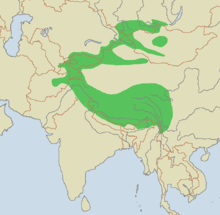http://www.youtube.com/watch?v=oWWNkvV8vBE&context=C35dcd7dADOEgsToPDskLDJVI4z8bIjzeyUIRoTD1N
These are some of the links about snow leopards.
| Snow leopard | |
|---|---|
 | |
| Conservation status | |
| Scientific classification | |
| Kingdom: | Animalia |
| Phylum: | Chordata |
| Class: | Mammalia |
| Order: | Carnivora |
| Family: | Felidae |
| Subfamily: | Pantherinae |
| Genus: | Uncia (disputed) Gray, 1854 [2] |
| Species: | U. uncia |
| Binomial name | |
| Uncia uncia (Schreber, 1775) | |
| subspecies | |
 | |
| Range map | |
| Synonyms | |